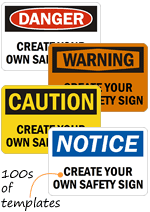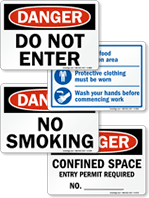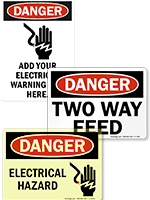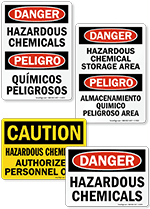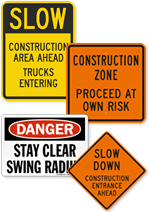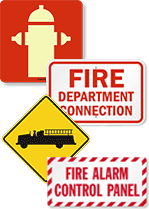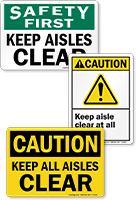A.
There is not one but several OSHA standards surrounding the use of PPE. General industry standards are provided in 29 CFR 1910.132 and provide information about when to use the equipment, selection of the right equipment, employee training, and the maintenance and financial responsibility related to the protective gear.
29 CFR 1910.133 details the use of eye and face protection as well as the ANSI requirements that such equipment must comply with. Respiratory protection is covered under 29 CFR 1910.134, requiring employers to put a respiratory protection program in place.
The use of ANSI-compliant helmets to protect workers from falling objects and a potential injury because of exposed electrical conductors is detailed in 29 CFR 1910.135. Occupational foot protection requirements and responsibilities are detailed in 29 CFR 1910.136, while 29 CFR 1910.137 governs the design, use, and care of electrical protective equipment.
29 CFR 1910.138 provides information regarding selecting and using appropriate hand protection based on actual or potential hazards, exposure duration, application, and other such factors. Additionally, 29 CFR 1910.140 governs the use, performance and care of all personal fall protection systems like fall arrest systems.
PPE requirements specific to the construction industry are covered in the following standards:
There are several other standards regarding PPE use in worksites such as shipyards and marine terminals. Please visit www.osha.gov for more information.
There are several other standards regarding PPE use in worksites such as shipyards and marine terminals. Please visit www.osha.gov for more information.

